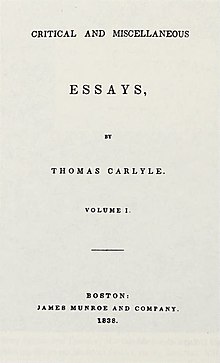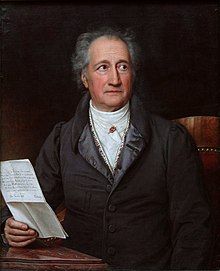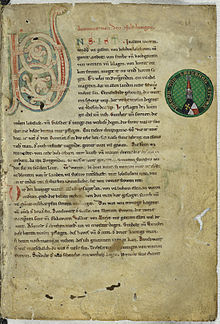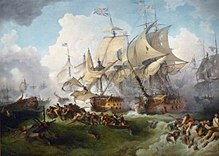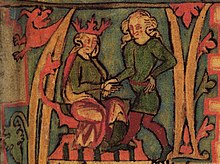
Thomas Carlyle was a Scottish essayist, historian and philosopher. A leading writer of the Victorian era, he exerted a profound influence on 19th-century art, literature and philosophy.

Julius Charles Hare was an English theological writer.
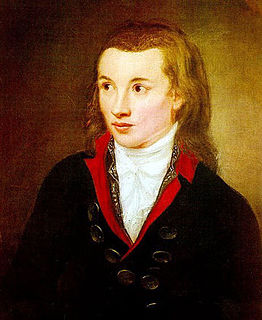
Georg Philipp Friedrich Freiherr von Hardenberg, better known by his pen name Novalis, was an 18th-century German aristocrat, poet, author, mystic and philosopher of Early German Romanticism.

Abraham Hayward Q.C. was an English man of letters.

Charles Buller was a British barrister, politician and reformer.
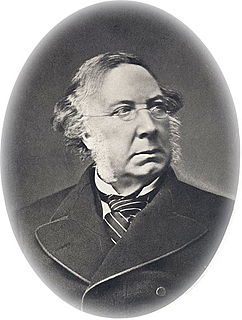
Henry Glassford Bell was a Scottish lawyer, poet and historian.

Robert Montgomery (1807–1855) was an English poet and minister, the natural son of Robert Gomery (1778-1853), an actor and clown, and Elizabeth Meadows Boyce, a schoolteacher. He was born in Bath, Somerset, and educated at a private school in the city. Later, he founded an unsuccessful weekly paper in that city. In 1828 he published The Omni-presence of the Deity, which hit popular religious sentiment so exactly that it ran through eight editions in as many months. In 1830 he followed it with The Puffiad, and Satan, or Intellect without God. An exhaustive review in Blackwood's by John Wilson, followed in the thirty-first number by a burlesque of Satan, and two articles in the first volume of Fraser, ridiculed Montgomery's pretensions and the excesses of his admirers. But his name was immortalized by Macaulay's famous onslaught in the Edinburgh Review for April 1830, "an annihilating so Jove-like that the victim automatically commands the spectator's rueful sympathy." This review did not, however, diminish the sale of his poems; The Omnipresence of the Deity reached its 28th edition in 1858. In 1830 Montgomery entered Lincoln College, Oxford, graduating B.A. in 1833 and M.A. in 1838. Taking holy orders in 1835 he obtained a curacy at Whittington, Shropshire, which he exchanged in 1836 for the charge of the church of St. Jude, Glasgow. In 1843 he removed to the parish of St. Pancras, London, when he was minister of Percy Chapel.

Baden Powell, MA FRS FRGS was an English mathematician and Church of England priest. He held the Savilian Chair of Geometry at the University of Oxford from 1827 to 1860. Powell was a prominent liberal theologian who put forward advanced ideas about evolution.

John Abraham Heraud (1799–1887) was an English journalist and poet. He published two extravagant epic poems, The Descent into Hell (1830), and The Judgment of the Flood (1834). He also wrote plays, and travel books.

Sartor Resartus: The Life and Opinions of Herr Teufelsdröckh in Three Books is an 1831 novel by the Scottish essayist, historian and philosopher Thomas Carlyle, first published as a serial in Fraser's Magazine in November 1833 – August 1834. The novel purports to be a commentary on the thought and early life of a German philosopher called Diogenes Teufelsdröckh, author of a tome entitled Clothes: Their Origin and Influence. Teufelsdröckh's Transcendentalist musings are mulled over by a sceptical English Reviewer who also provides fragmentary biographical material on the philosopher. The work is, in part, a parody of Hegel, and of German Idealism more generally.

The Life of Samuel Johnson, LL.D. (1791) by James Boswell is a biography of English writer Dr. Samuel Johnson. The work was from the beginning a critical and popular success, and represents a landmark in the development of the modern genre of biography. It is notable for its extensive reports of Johnson's conversation. Many have claimed it as the greatest biography written in English, but some modern critics object that the work cannot be considered a proper biography. Boswell's personal acquaintance with his subject began in 1763, when Johnson was 54 years old, and Boswell covered the entirety of Johnson's life by means of additional research. The biography takes many critical liberties with Johnson's life, as Boswell makes various changes to Johnson's quotations and even censors many comments. Nonetheless, the book is valued as both an important source of information on Johnson and his times, as well as an important work of literature.

Patrick Fraser Tytler FRSE FSA(Scot) was a Scottish advocate and historian. He was described as the "Episcopalian historian of a Presbyterian country".
Fraser's Magazine for Town and Country was a general and literary journal published in London from 1830 to 1882, which initially took a strong Tory line in politics. It was founded by Hugh Fraser and William Maginn in 1830 and loosely directed by Maginn under the name Oliver Yorke until about 1840. It circulated until 1882, when it was renamed Longman's Magazine.
Andrew Crichton (1790–1855) was a Scottish biographer and historian.
Peter Bayne (1830–1896) was a Scottish author. He used the pseudonym Ellis Brandt.

John Wilson FRS was a Scottish Christian missionary, orientalist and educator in the Bombay presidency, British India.
James Sime FRSE (1843–1895) was a Scottish biologist, literary critic, and historian.
